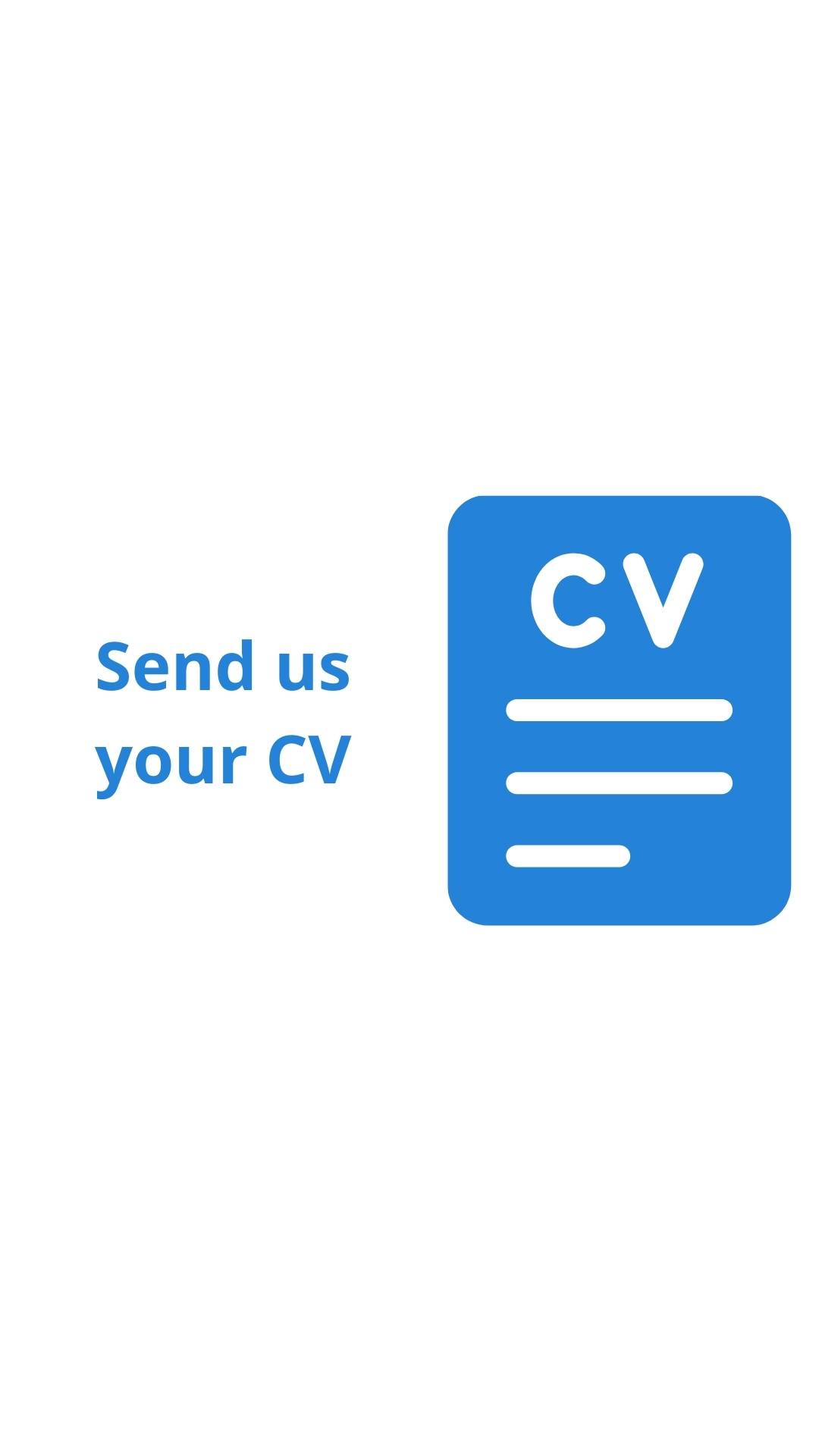Executive Search is a high-end form of head-hunting and is used when recruiting more senior positions. Whilst it is a part of the Recruitment industry, its workflows, pressures, and practices are very different to contingency recruitment. Here is a typical workflow for an Executive Search assignment.
The basic idea is that rather than rely on candidates coming to you (therefore filling the vacancy with the best person looking for a move), you will identify the best professionals currently doing that role and approach them directly. Hence (in theory) you will fill the position with the best person around, not just the best person looking for a job.
The executive search cycle process
Win the business
This is carried out by an experienced Consultant. Whilst in contingency recruitment this is possibly the biggest part of the sales operation, this is not always the case in Search. An experienced Consultant will have a large enough business network to guarantee that most of their business comes to them, or else at the very least, they have the opportunity to tender a good bid for it. Once the client has agreed to allow the Consultant to work on the vacant position, it is usual in Search for the client to pay around 25-30% of the estimated fee in advance. This payment is known as a 'retainer' and allows the Consultant to concentrate their efforts on the research-intensive process ahead. Since the client has paid the retainer, they will not be accepting CVs from any other source to fill this position.
Having said this, there are smaller, 'boutique' agencies where plenty of business development skills are required, especially when you start as a Consultant.
Map out the market
This is carried out by a Researcher (the entry-level position for a graduate). The task here is quite simply to identify all companies where someone is likely to be sat who can do the job to be filled.
Often this is restricted to a certain geographical area, but not always. Therefore the Researcher will look at competitors (the most likely source), but will also have to think laterally for other sources. In carrying out this process, the Researcher will very quickly build up an expertise in a particular market.
Research the market
This is carried out by a Researcher (the entry-level position for a graduate). The task here is quite simply to identify all companies where someone is likely to be sat who can do the job to be filled. Often this is restricted to a certain geographical area, but not always. Therefore the Researcher will look at competitors (the most likely source), but will also have to think laterally for other sources. In carrying out this process, the Researcher will very quickly build up an expertise in a particular market.
Identify potential candidates
Again, this is carried out by a Researcher. Having identified the companies where you can headhunt from, the task is then to identify the names of the individuals within those companies who appear suitable. This
is pure, intensive research, using Internet, the press/media, other sources, plenty of guile, and most importantly of all, your network of business contacts. Your network is essential during your entire career in Search, and so your networking skills will determine your success.
Putting together the long list
Your research doesn't stop with identifying potential candidates for the role. You will then need to find out as much about them as possible, writing a short paragraph about each person. Then you will compile in the 'Long List' which is the definitive list of possible candidates. The Consultant will usually present this list to the client for their perusal. The client may cross out some names in which they are not interested, underline some in which they are especially interested, or add some names they know that are not on the list.
The selection process
Once the client has passed their eye over the long list, the selection process will start. This is usually carried out by a more experienced Researcher in conjunction with the Consultant. The first part of the process is to make the first contact to the potential candidate. This first contact will be over the phone, and will consist of 4 main parts:
- Make sure the candidate is who what you think they are - ie are they actually doing the job you think they are doing?
- Pitch the company and role to get interest
- If they are not interested, find out what would interest them for future reference
- Network them to find out who else they know who might be interested!
Next, through the selection process consisting of face-to-face and telephone interviews, the Long List is whittled down to a Short List of around 5 candidates - the best candidates that you could find who are interested in the position. The Consultant will present the Short List (including CVs and all other relevant information gleaned about the candidates) to the client, who should interview all the candidates on the list, and appoint their favourite.
Supporting the interview process through to placement
Taking a candidate from a company where they are successful and happy is challenging. Therefore the Consultant will have to stay in control of the process, keeping both parties updated on any development and addressing any issues as they occur. After all the work in the previous stages, it
would be a great pity for the placement to fall through and have to start again. This process does not stop until the day the candidate actually starts with the company, and the Consultant can bill the client for the hiring fee (minus the retainer already paid).
Email: [email protected] & attach your CV!

